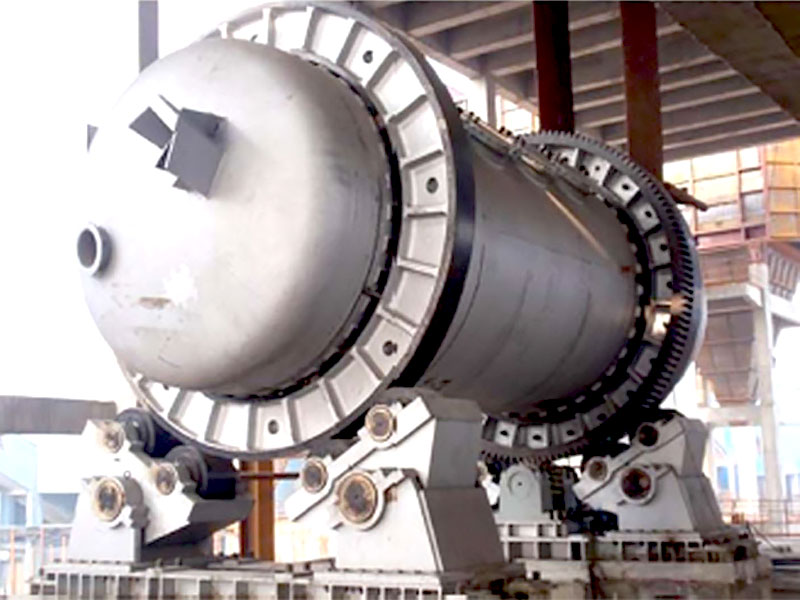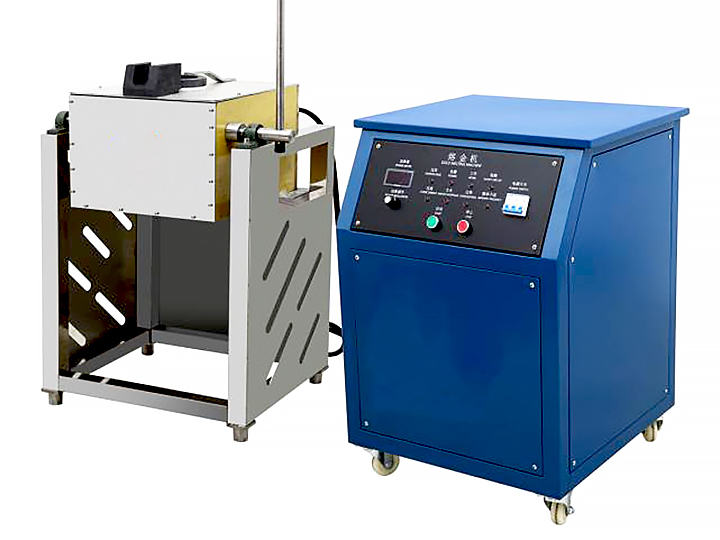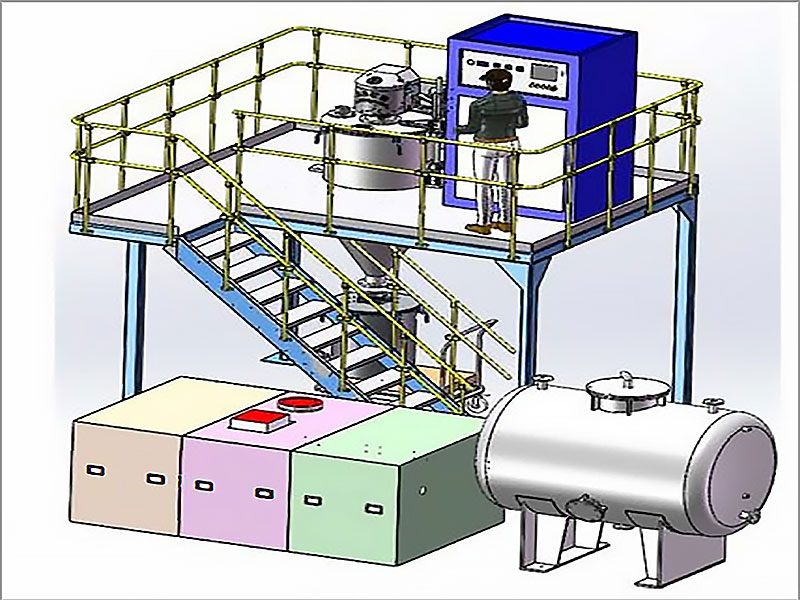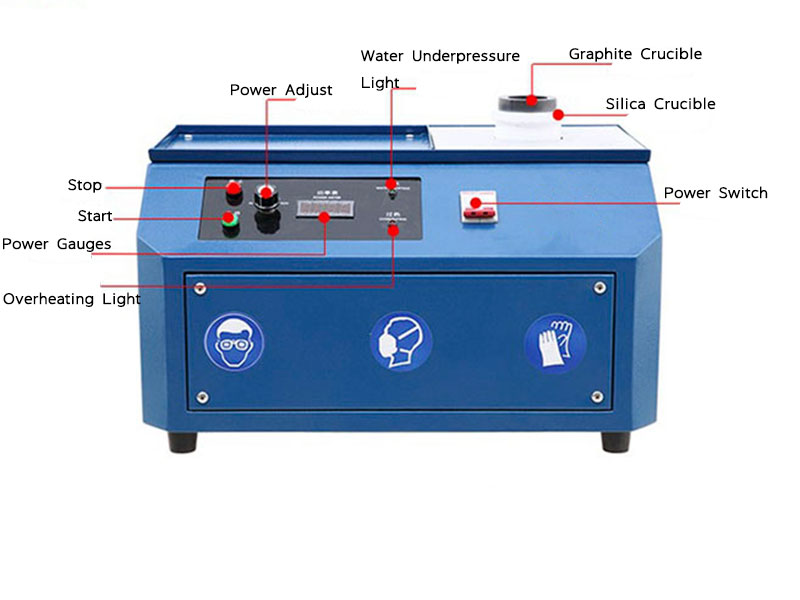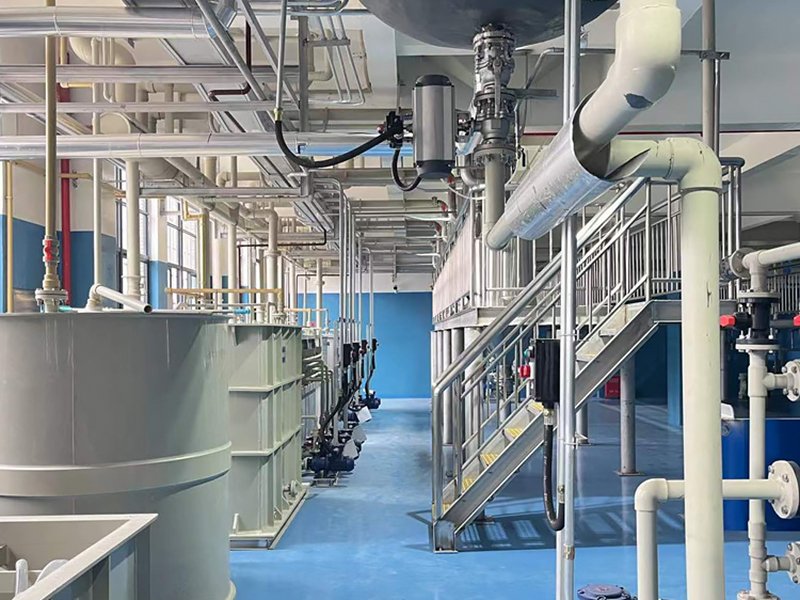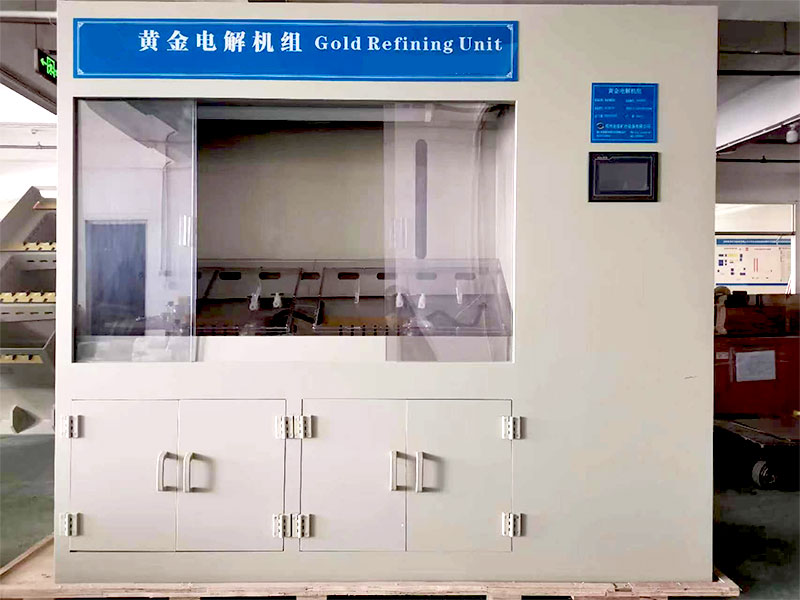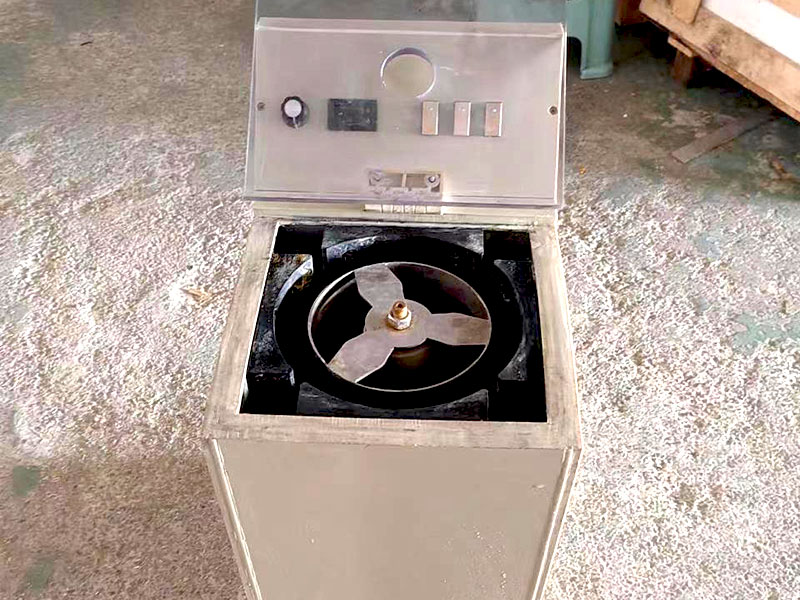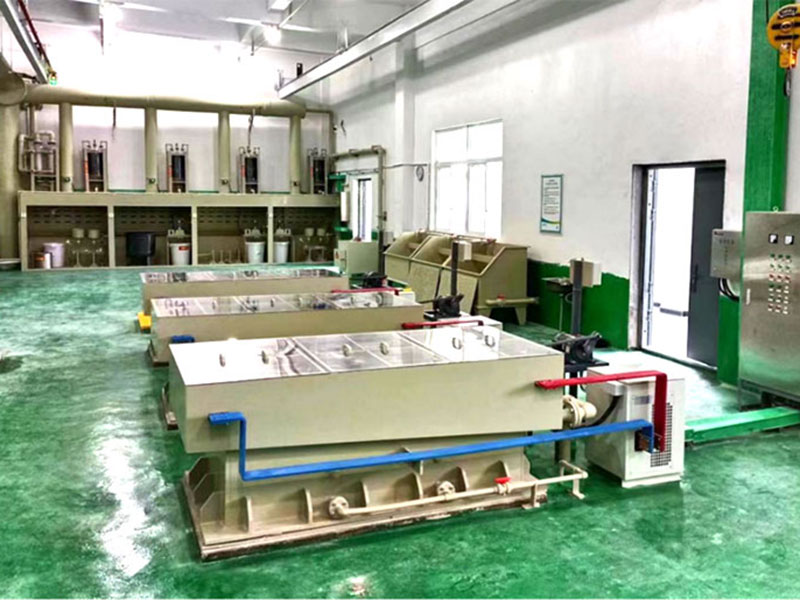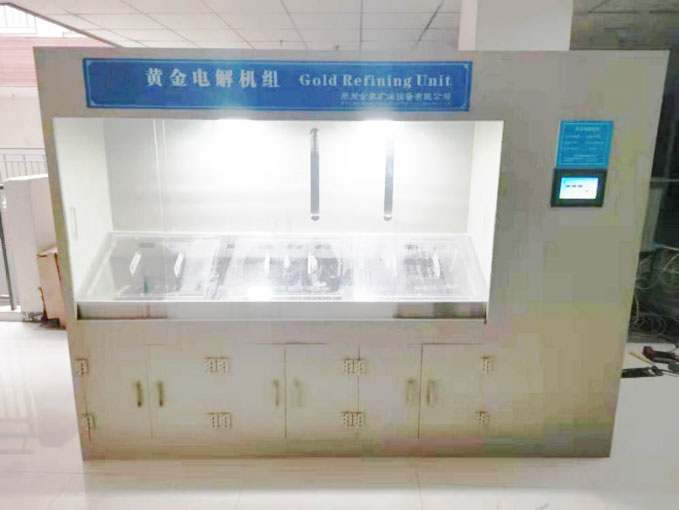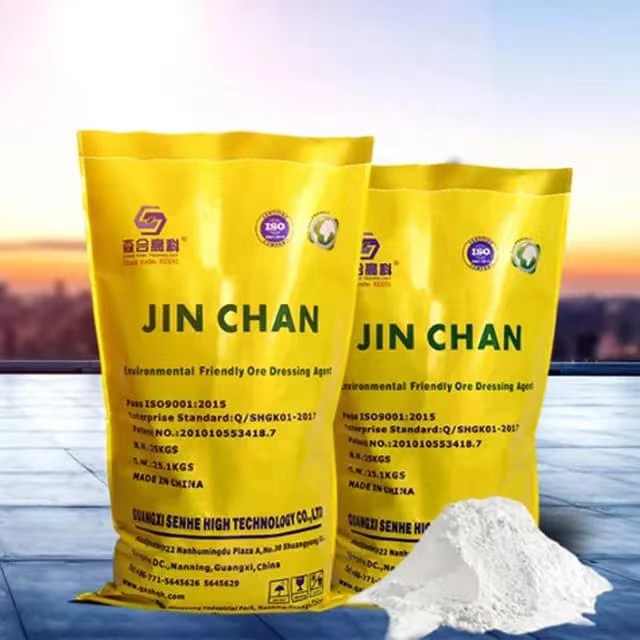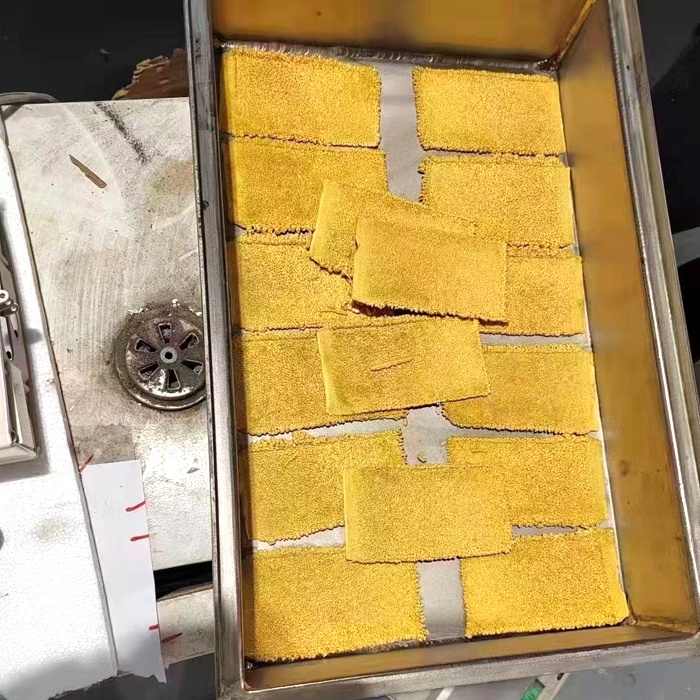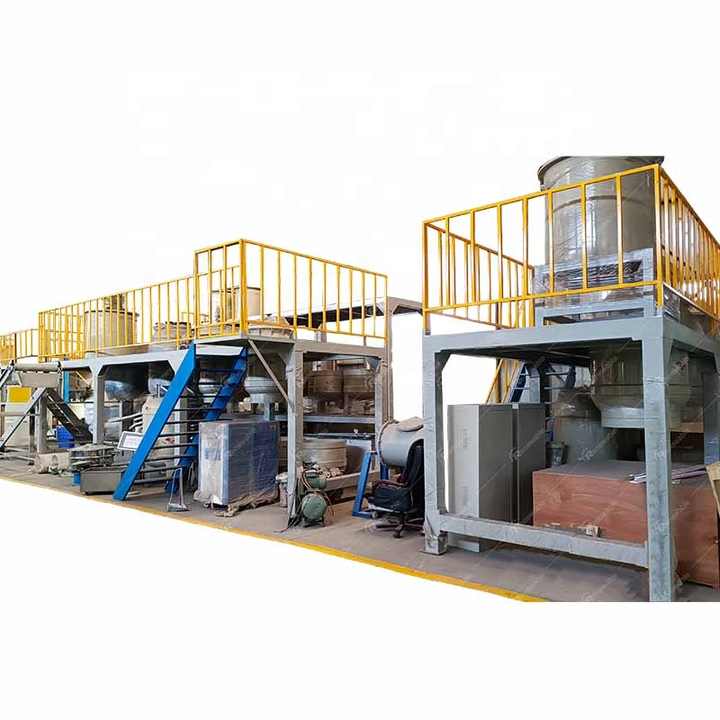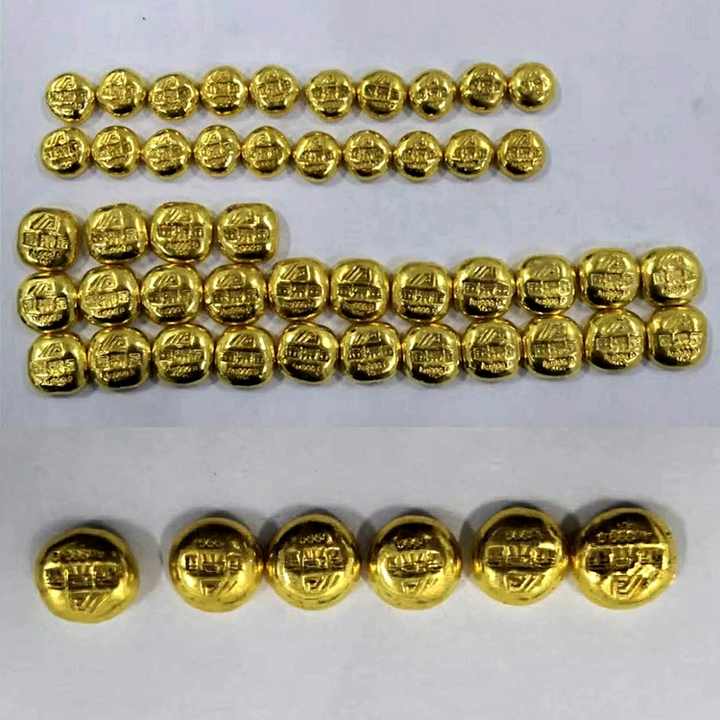electrolytic refining of gold
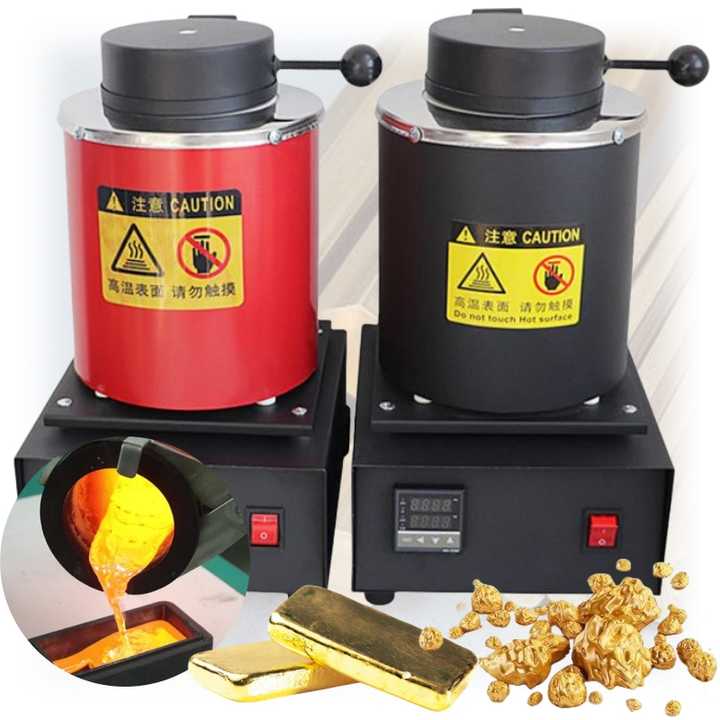
Gold has been one of the most coveted metals throughout human history. From ancient civilizations to modern times, the demand for gold continues to soar due to its rarity, beauty, and unique physical properties. One of the most efficient methods for purifying this precious metal is through the electrolytic refining of gold, a process that ensures exceptionally high levels of purity. This article provides an in-depth look into how this method works, its benefits, and its applications.
What is Electrolytic Refining of Gold?
Electrolytic refining is a process used to purify metals by passing an electric current through a solution containing the metal to be refined. When it comes to gold, this process involves placing impure gold as the anode in an electrolytic cell, while a pure gold sheet serves as the cathode. The electrolyte, which usually contains gold chloride or gold cyanide, enables the transfer of gold ions. As the electric current passes through the cell, gold ions are transferred from the anode to the cathode, leaving impurities behind.
This method can produce gold of extremely high purity, often reaching up to 99.99%, which is essential for industries that require uncontaminated gold for their products.
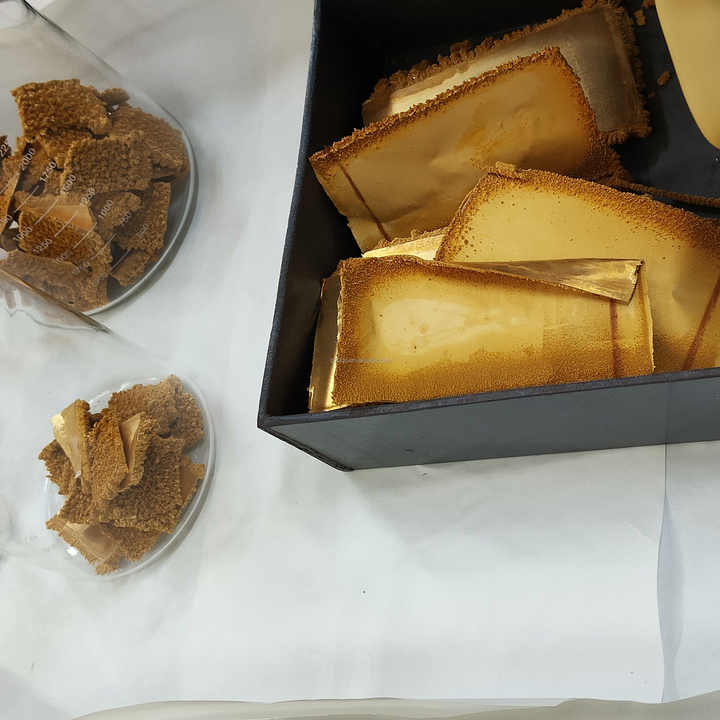
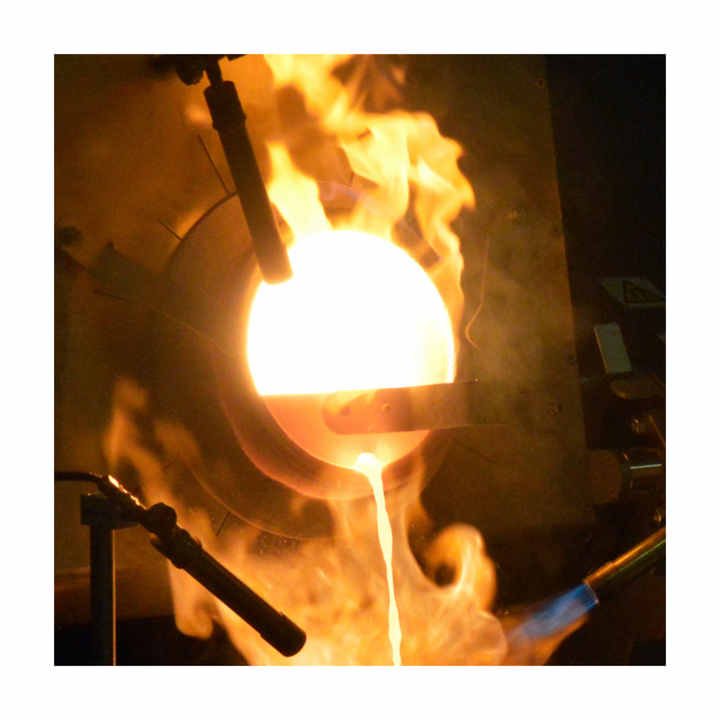
The Process of Electrolytic Refining of Gold
The electrolytic refining of gold involves several distinct stages that ensure the efficient purification of the metal. Here’s how the process works:
Preparation of the Electrolytic Cell
The process begins with the setup of an electrolytic cell. The impure gold to be refined is placed in the cell as the anode, while a thin sheet of pure gold or other conductive material is used as the cathode. The electrolyte solution, typically a mixture of gold chloride (AuCl₄⁻) or gold cyanide (Au(CN)₂⁻), acts as the medium for the gold ions to move through during the reaction.
Dissolution of Impure Gold
Once the cell is set up, an electric current is applied, and the impure gold begins to dissolve at the anode. During this stage, gold atoms lose electrons and become positively charged ions (Au³⁺), which enter the electrolyte solution. Impurities like silver, copper, and other metals remain in the solution or form a sludge at the bottom of the electrolytic cell.
Deposition of Pure Gold
At the cathode, the positively charged gold ions in the solution are attracted to the negatively charged electrode. Here, they gain electrons and are reduced back to solid gold, which deposits onto the cathode surface. This deposition process continues as long as the electric current is maintained.
Removal of Impurities
The non-gold impurities either remain in the electrolyte or form a residue that can be easily removed. These impurities, such as copper, lead, and zinc, do not travel to the cathode, ensuring that the gold collected is of the highest possible purity. The collected sludge often contains valuable by-products like silver, which can be recovered separately.
Collection of Purified Gold
Once the electrolysis process is complete, the cathode is removed, and the deposited pure gold is collected. This gold is then melted down and formed into bars, ingots, or other forms depending on the requirements of the end product. The result is highly refined gold with an impressive purity level.
Benefits of Electrolytic Refining of Gold
The electrolytic refining of gold offers several advantages over other purification methods. These benefits make it the preferred choice for large-scale gold refining operations.
High Purity Levels
Electrolytic refining is known for producing gold with extremely high purity, often reaching 99.99%. This level of purity is crucial for applications such as jewelry manufacturing, electronics, and investment-grade bullion, where even the smallest amount of impurity can affect performance or value.
Efficiency
This refining method is highly efficient, especially when dealing with large quantities of gold. Once the process is established, it can continuously purify significant amounts of gold with minimal supervision, making it cost-effective for industrial purposes.
Recovery of By-products
The electrolytic refining of gold allows for the recovery of other precious metals, such as silver and platinum, which are often present in impure gold. These by-products can be collected and further refined, adding value to the overall refining process.
Environmentally Friendly
Compared to traditional smelting techniques, electrolytic refining is more environmentally friendly. The process uses less energy and produces fewer harmful emissions, making it a cleaner option for gold purification.
Precision and Control
The electrolytic refining process offers precise control over the purification process, allowing refiners to adjust factors such as the voltage, current, and electrolyte composition. This level of control ensures that the gold is refined to exact specifications without unnecessary waste.
Applications of Electrolytic Refining of Gold
Gold refined through the electrolytic method is used in various industries where the highest levels of purity are required.
Jewelry Industry
In the jewelry industry, the demand for high-purity gold is ever-present. Electrolytically refined gold ensures that the metal used in luxury jewelry is free from impurities, resulting in brighter and more durable pieces. This level of refinement is essential for creating pieces with a flawless finish and high aesthetic value.
Electronics Manufacturing
Gold’s excellent conductivity and resistance to corrosion make it a critical component in the electronics industry. However, these properties are only fully realized when the gold is free from impurities. Electrolytically refined gold is used in connectors, switches, and circuit boards, where high-performance materials are essential.
Investment-Grade Bullion
Gold bullion and coins must meet strict purity standards to be traded internationally. The electrolytic refining of gold ensures that the gold used in these products meets the highest standards, making them suitable for investment purposes.
Medical and Dental Applications
The medical and dental industries also rely on pure gold for various applications. Gold’s biocompatibility makes it an excellent material for dental implants and medical devices. Electrolytically refined gold is ideal for these applications because it is free from contaminants that could cause adverse reactions.
The electrolytic refining of gold is a crucial process in modern gold purification, offering unparalleled levels of purity, efficiency, and environmental sustainability. By utilizing an electric current to separate impurities from the gold, this method ensures that the final product meets the highest industry standards. As gold continues to be a valuable resource across multiple industries, the role of electrolytic refining will remain vital in meeting the demand for pure, high-quality gold.

